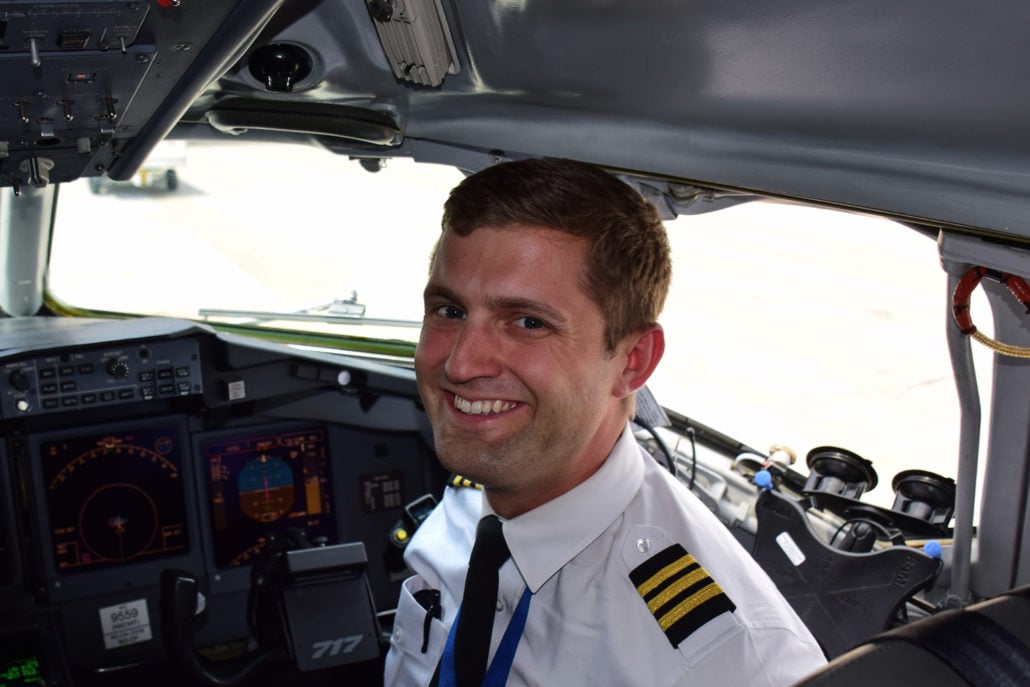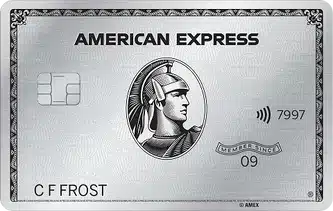
In our Ask a Pilot series, pilot Spencer Marker answers one of your aviation-related questions each week. See past installments here and submit your own to whitney@johnnyjet.com.
The question
What does that vertical surface on the wing tip do?
– James M
The answer
Hey Jim. Thanks so much for writing in. What you’re looking at on the wing tip what is called a winglet. And while it contains the word “wing,” its function is very different. And very practical.
A brief lesson in basic aerodynamics
Before I can go into details about how a winglet works, we should go over the four forces acting on an airplane in flight. The four forces are lift, weight, drag, and thrust. Lift is what gives an airplane the ability to fly and is created by the wing. Weight is the weight of the aircraft and its contents. Drag slows the airplane down and is created by the shape of the airplane as it cuts through the air, but is also created by the wing as it generates lift. Thrust is what pushes us along and is produced by the engines. Lift opposes weight, thrust opposes drag.
The shape of the wing is vital to the creation of lift. When looked at from the wingtip, the wing’s upper surface is curved, while the bottom surface is relatively flat. This cross-section is called an airfoil. The shape of the airfoil is important because when you are flying, air moving over the upper, curved surface has lower pressure than the air moving across the flat bottom of the wing, where the air pressure is high. This difference in air pressure creates a vacuum and causes lift, which raises the airplane off the ground (a much more detailed discussion on lift can be found here).
However, at the airplane’s wing tip, this low pressure on the top of the wing and high pressure on bottom try to equalize. In flight, this results in a swirl of air rotating around the wingtip in a tornado-like shape. You may have heard this call wake turbulence or wingtip vortex. In pilot-speak, we call this induced drag, or drag created by the production of lift. This force actually works to slow the airplane down and we must use increased engine thrust to counteract it. Doing so burns more gas. And burning more fuel is bad for the bottom line.
So what IS that thing on the wing?
In the 1970s, NASA engineer Richard Whitcomb published a paper in response to the oil crisis of 1973. He proposed that by placing a vertical surface at the tip of the wing, induced drag could be cut down significantly. This reduction in drag equated to significant improvement in fuel burn.
Beginning in the 1980s and continuing through the 1990s, manufacturers started including this feature on their new models. Airbus designed their long range A330 and A340 with winglets, as did Boeing on their flagship 747-400 model. Most manufacturers didn’t yet appreciate the benefit on smaller, short-haul aircraft, so the newest 737 was initially built without this fuel-saving technology.
So, when fuel prices spiked in 2008, airlines were scrambling for a way to increase the efficiency of their existing fleet. Many airlines turned to manufacturers and their partners to add winglets to their short-haul airplanes. Today, manufacturers such as Boeing and Airbus include winglets with their new production aircraft (Airbus calls them Sharklets for marketing reasons). And most aircraft in airline fleets feature a winglet or wing tip device of some type to improve fuel efficiency.
The fuel savings are significant. One airline operating Boeing 767-300ER aircraft with a winglet modification reported annual fuel savings of roughly 4%. This equates to 500,000 gallons per aircraft per year or 29,000,000 gallons for their entire 58-aircraft fleet!
Fun, marketing benefits
One unique side effect of this aerodynamic improvement is an additional space for airline marketing. Most airlines place their logo or livery on their winglets. WestJet of Canada features their website URL on theirs. QANTAS (yes, it’s an acronym) of Australia has a similar strategy in mind. After announcing their rebranding with the arrival of the 787-9 aircraft, the airline noted that the inside surface of the airplane’s wingtip will feature their branding. That way, passengers’ photos out the window will include QANTAS’ logo!
To sum it up
Thanks again for your question. Winglets have become an important piece of aerodynamic technology because of the fuel efficiency they allow. And with the cost of oil sometimes fluctuating wildly, they are a good way to defend against future increases in the cost of fuel.
Thanks for the question, James! If anyone has a burning aviation question or if there’s something you’d like cleared up, drop us a line at Whitney@johnnyjet.com to get your question featured in an upcoming “Ask a Pilot” column.
Tailwinds,
—Spencer







